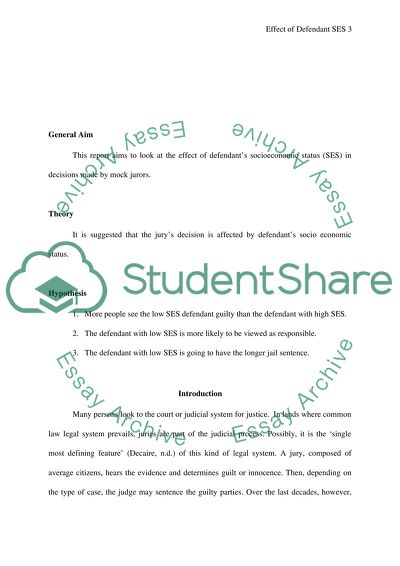Cite this document
(“The Effect of Defendant SES on Decisions Made Research Paper”, n.d.)
The Effect of Defendant SES on Decisions Made Research Paper. Retrieved from https://studentshare.org/law/1526336-the-effect-of-defendant-ses-on-decisions-made
The Effect of Defendant SES on Decisions Made Research Paper. Retrieved from https://studentshare.org/law/1526336-the-effect-of-defendant-ses-on-decisions-made
(The Effect of Defendant SES on Decisions Made Research Paper)
The Effect of Defendant SES on Decisions Made Research Paper. https://studentshare.org/law/1526336-the-effect-of-defendant-ses-on-decisions-made.
The Effect of Defendant SES on Decisions Made Research Paper. https://studentshare.org/law/1526336-the-effect-of-defendant-ses-on-decisions-made.
“The Effect of Defendant SES on Decisions Made Research Paper”, n.d. https://studentshare.org/law/1526336-the-effect-of-defendant-ses-on-decisions-made.


